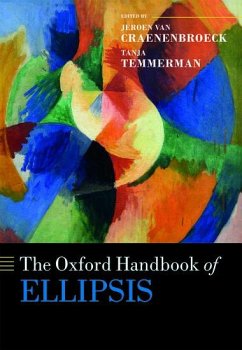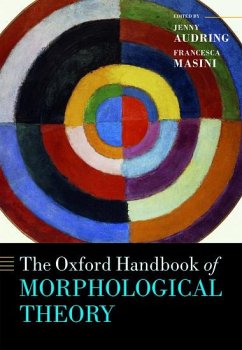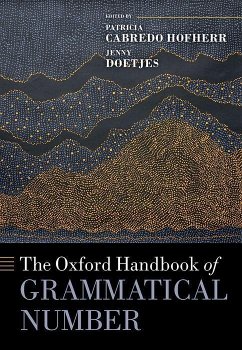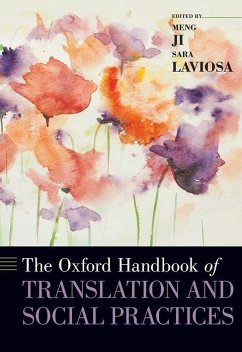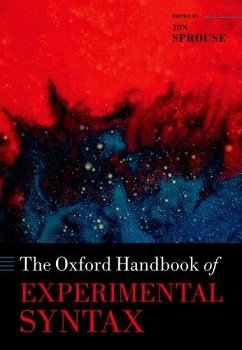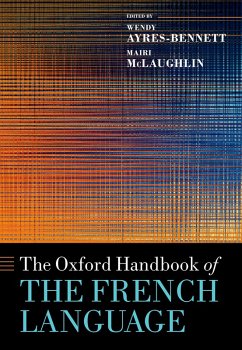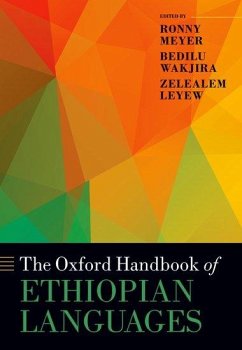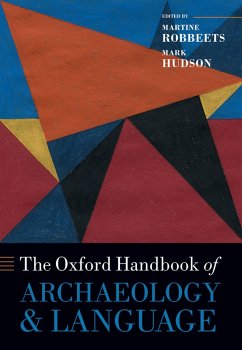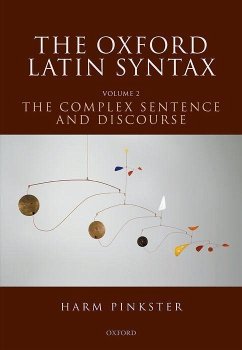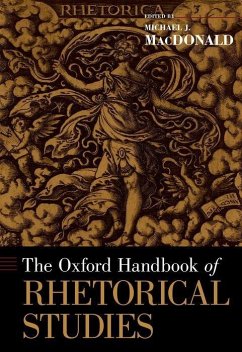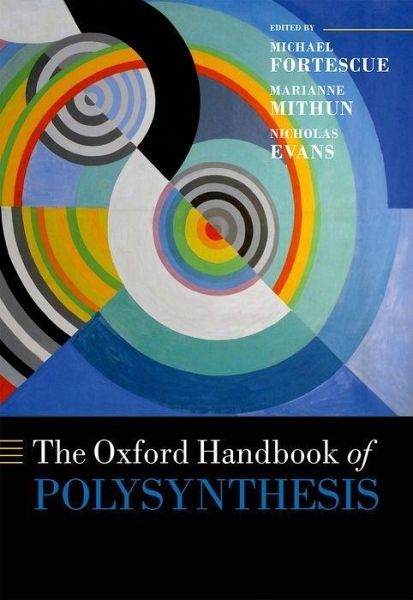
Gebundenes Buch
The Oxford Handbook of Polysynthesis
Versandkostenfrei!
Versandfertig in über 4 Wochen

PAYBACK Punkte
101 °P sammeln!




This book offers a crosslinguistic survey of polysynthetic languages, in which single multi-morpheme verb forms can express what would be whole sentences in English. It looks at a range of issues from a cross-theoretical perspective, including complexity, argument structure, language contact, and language obsolence.
Michael Fortescue is Emeritus Professor of Linguistics at the University of Copenhagen, now associated with St Hugh's College, Oxford. His special area of interest is Arctic and Sub-Arctic languages, principally Eskimo-Aleut, but also Chukotko-Kamchatkan and Wakashan languages. He has also published extensively in the more general fields of comparative, typological, cognitive, and functional linguistics. Marianne Mithun is Professor of Linguistics at the University of California, Santa Barbara. Much of her work has been in the areas of morphology, syntax, discourse, prosody, and their interrelations; language contact and language change; typology and universals; and language documentation. She has worked with numerous typologically diverse languages including Mohawk, Central Alaskan Yup'ik, Navajo, and Selayarese. Nicholas Evans is ARC Laureate Fellow and Distinguished Professor of Linguistics at the Australian National University, and Director of the ARC Centre of Excellence for the Dynamics of Language. He has carried out wide-ranging fieldwork on traditional languages of northern Australia and southern Papua New Guinea, including Bininj Gun-wok, Dalabon, and Kayardild. He has also worked as a linguist, interpreter, and anthropologist in Native Title claims.
Produktdetails
- Verlag: Oxford University Press
- Seitenzahl: 1090
- Erscheinungstermin: 17. Dezember 2017
- Englisch
- Abmessung: 249mm x 170mm x 61mm
- Gewicht: 1497g
- ISBN-13: 9780199683208
- ISBN-10: 0199683204
- Artikelnr.: 48023487
Herstellerkennzeichnung
Libri GmbH
Europaallee 1
36244 Bad Hersfeld
gpsr@libri.de
Für dieses Produkt wurde noch keine Bewertung abgegeben. Wir würden uns sehr freuen, wenn du die erste Bewertung schreibst!
Eine Bewertung schreiben
Eine Bewertung schreiben
Andere Kunden interessierten sich für


